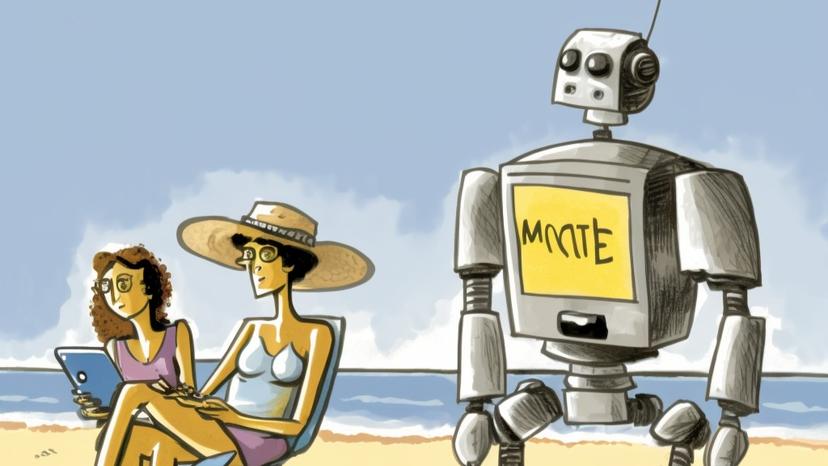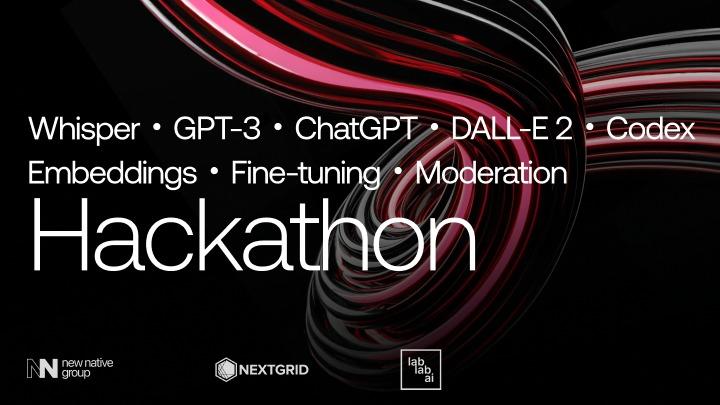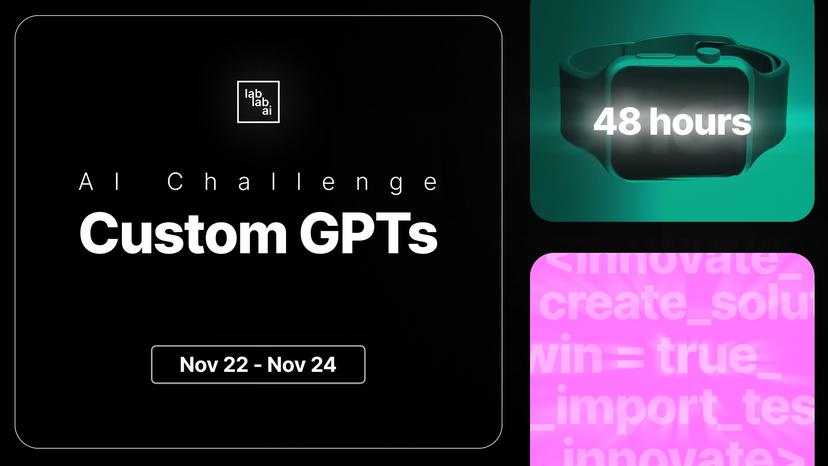
Fran Abenza@franciscoabenza8
is under improvement
13
Events attended
2
Submissions made
Denmark
3 years of experience
About me
Cognitive Science enthusiast diving in what I consider are human bottlenecks: 1 Decision-making systems (individual and collective) 2 Learning Science (Personalized Learning) 3 Augmented Cognition (AI + human ingenuity) 4 Augmented Epistemology 5 Balanced team formation 6 Upgrading Democracy 7 Forecasting 8 Improving Scientific communication 9 Personalised recommendation algorithms 10 Human-Computer interaction 11 Emotional Intelligence 12 Empowered Effective Altruism
is under improvement
🤝 Top Collabolators
🤓 Latest Submissions

The Travel AIgent
Through the power of ChatGPT we create personalized and sophisticated travel plans for everyone. We act as facilitator between the travel and ChatGPT, interviewing the traveler to learn their travel wishes and constraints. We then feed this information into ChatGPT to create detailed travel itineraries that include activities, hotels, travel options, etc. We then layer additional information (maps, hotel links, flight information )into these travel itineraries. Finally the user can interact with the system to update the plan to meet their needs. The detailed itinerary can then act as the primary source of all information for the trip.
4 Mar 2023

Bayesian GPT
This GPT model functions as a Bayesian Reason Obsessed Scientist in the outlined scenario. Here's a breakdown of the tasks: 1. **Identifying Hypotheses and Evidence (H and E)**: The model first breaks down a problem into hypotheses (H) and evidence (E). This involves understanding the scenario and determining the key factors (hypotheses) and the available or needed information (evidence) to evaluate these hypotheses. The model confirms these choices with the user to ensure they align with the user's understanding and needs. 2. **Detailed Nuances and Research Questions**: The model then elaborates on H and E, diving into nuances and formulating research questions. These questions are designed to gather detailed insights, considering various aspects like timing, cost, location, risk, etc. The questions are structured to be answerable with a probability between 0 to 100%, facilitating a quantifiable assessment of each factor. The user is then asked to confirm these detailed aspects. 3. **Creating a Question-Answer Table**: A table is constructed to organize the questions and their corresponding answers. This table includes columns for the question, the estimated probability (0 to 100%), and a confidence value (50% to 99%) to reflect the model's certainty in each probability assessment. 4. **Research and Information Gathering**: The model conducts research using the Bing search engine, strategically breaking down questions into simpler queries to maximize the probability of finding relevant information. The model continues searching until it has sufficiently answered all the questions, or makes educated guesses where direct answers are not available. 5. **Populating the Table with Findings**: The table is updated with the findings from the research. Each entry includes the probability (0 to 100%) and an inferred confidence value (50 to 99%), reflecting the model's judgment based on the gathered information. 6. Do the calculations
24 Nov 2023
.png&w=640&q=75)
.png&w=640&q=75)
.png&w=640&q=75)

